Adults only
Work is busy! All I have time to do is post this example of Kansai fashion that I picked up on the way back from Izumo:
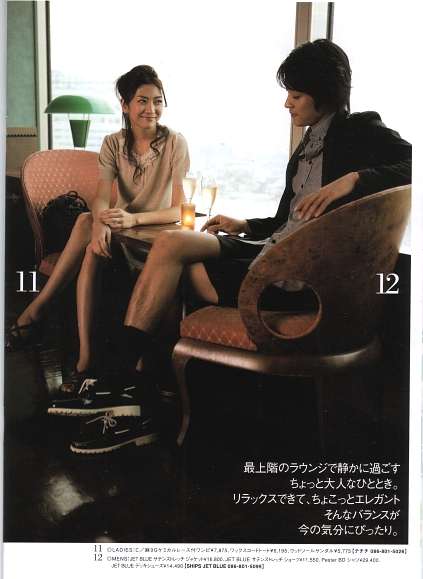
This scene of horror is described as a chotto otona na hitotoki, "kinda grown-up time" (on the top-floor lounge). And indeed, I would not want my children to see this guy's outfit.
(Otona na is a modern adjectival construction used by and on the behalf of youths, particularly young women, to describe an item or act which allows them to dabble in adulthood while still maintaining their valuable, responsibility-free status as children. When you're 20, going to the top-floor lounge with your boyfriend is chotto otona na. When you're 40, it just means you're too tired to go out and find a proper bar.)
(Insert Meitantei Conan joke here.)
![[No-sword]](http://no-sword.jp/images/site/no-sword_banner.jpg)
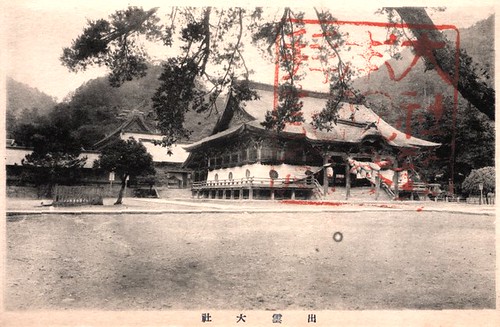
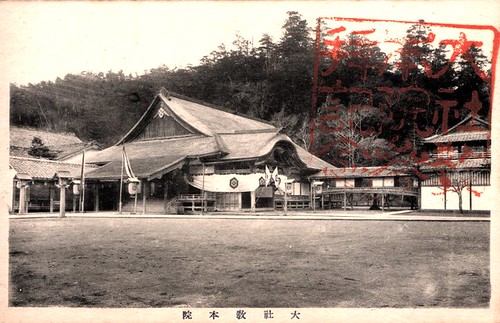
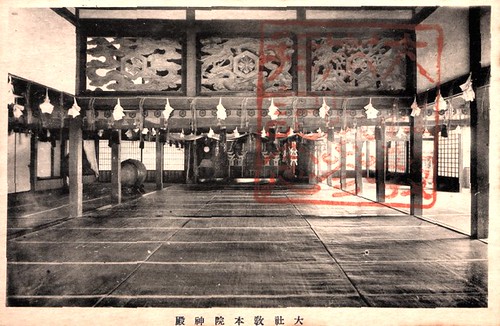
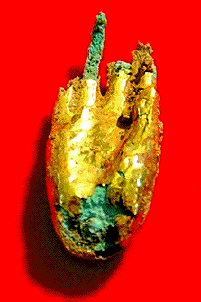
![[map of Taiwan]](http://no-sword.jp/images/2008/2008-06-05_m.gif)



